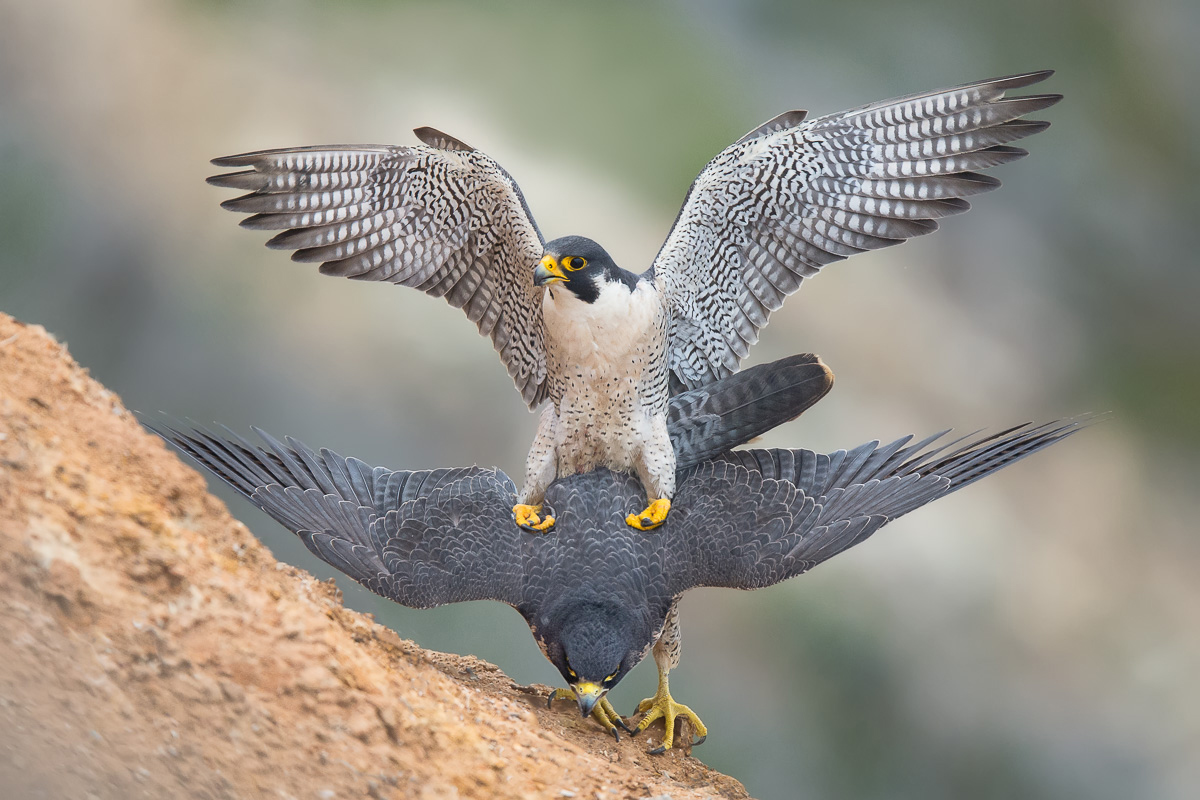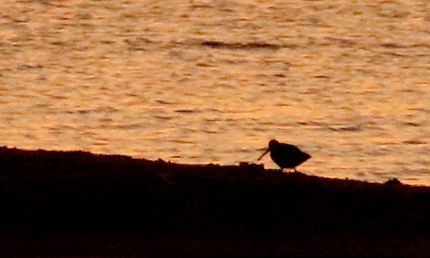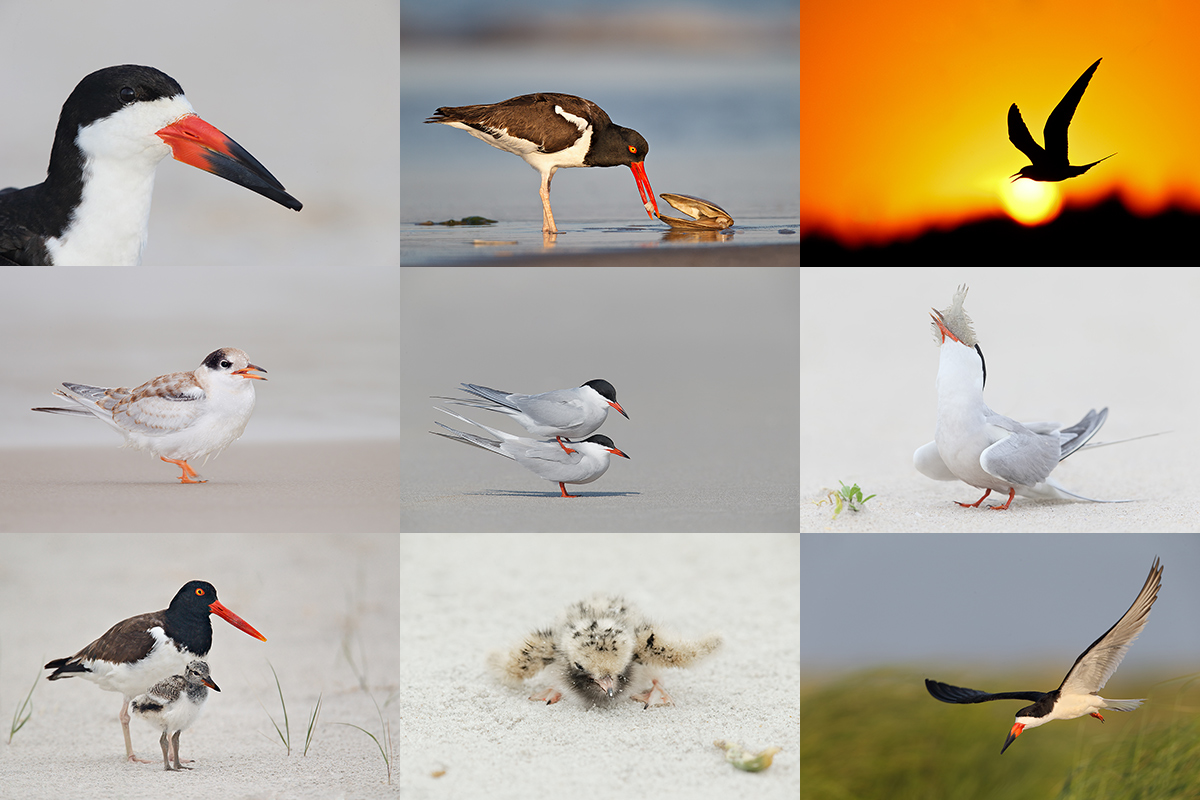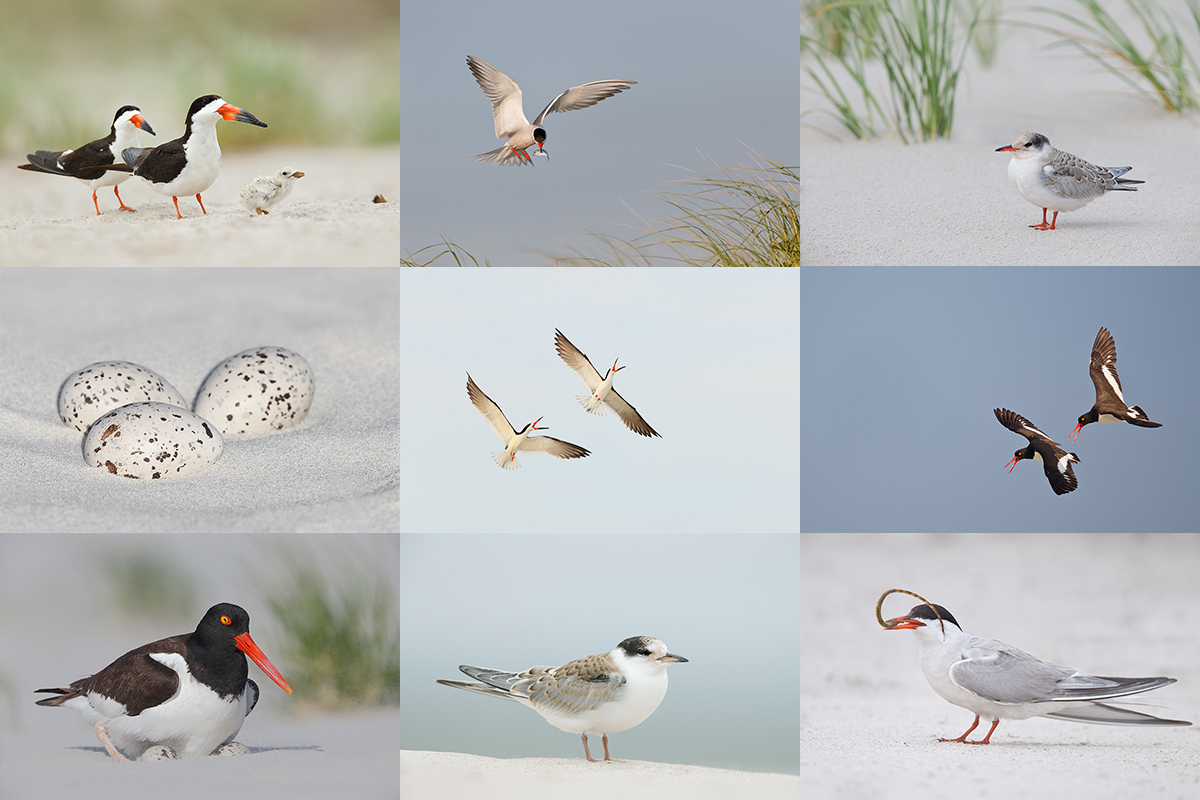What’s Up
I got a ton done on my 2015 taxes. With a bit of help from daughter/accountant/BAA Executive Director Jennifer (Morris–mother of Sam and Maya) I should be done by Tuesday the latest. I did have time for another great swim.
The Streak
Today’s blog post marks 198 days in a row with a new educational blog post. I have dozens of new topics to cover; there should be no end in sight until my big South America trip next fall. As always-–and folks have been doing a really great job recently–-please remember to use our B&H links for your major gear purchases. For best results use one of our many product-specific links; after clicking on one of those you can continue shopping with all subsequent purchases invisibly tracked to BAA. Your doing so is always greatly appreciated. Please remember: web orders only. Please remember that if you are shopping for items that we carry in the BAA Online Store (as noted in red at the close of this post below) we would appreciate your business.
|
This image was created on the California coast by new friend Glenn Conlan, hand held no less. He used the Nikon D4, the Nikon TC-14E II 1.4x Teleconverter for D-AF-S & AF-I Lenses ONLY, and the Nikon AF-S NIKKOR 600mm f/4E FL ED VR lens. ISO 4000″ 1/2000 sec. at f/5.6. Nikon 11-point AF. Peregrine Falcons copulating
|
A Real Stunner
Buddy Patrick Sparkman first saw this image on Glenn Conlan’s cell phone and raved about it to me. When I saw it posted in the Avian Forum on BirdPhotographer’s.Net. You can see Glenn’s BPN post here.
Many times when I critique a fantastic image, whether it be on BPN or when judging a contest, I often make suggestions. My feeling is, if you can help make a great image even greater, why keep your mouth shut. Though I was late to the party, I posted the following in Pane #2:
Hey Glenn, Patrick was telling me about this one in glowing terms. He did not do it justice. This is beyond spectacular. The wing position and pose of the male is amazing. What’s with the curled talons? Have you ever seen anything like that before? Not too mention the sweet color tones of the distant BKGR. I keep going back to look at it.
I think that a selectively applied Contrast Mask (Unsharp Mask at 15/65/0) to the top of the female’s head and face (and then pull the curve up a bit) would make an amazing image just a bit better.
a
Glenn let me know about the curled talons in Pane #3:
Nature gave these amazing raptors a great method of dealing with their needle sharp talons during copulation without impaling their mate.
In Pane #14, I posted my version of Glenn’s great image with my suggestions implemented; that image is today’s featured image.
BPN is all about learning for everyone involved.
So What’s the One Big Problem With This Image?
The one big problem with this image is that it is not mine…
Thanks a stack to Glenn for sharing his image with us both here and on BPN.
What’s Your Take?
What’s your take on Glenn’s image? What do you like about it? What is your favorite part of the photo?
Not a Black-bellied Plover… |
Not a Black-bellied Plover…
My bad: I assumed that the bird on the sandbar was a Black-bellied Plover. When I blew the image up on Saturday morning, I realized me error.
So What Is It?
Why not a Black-bellied Plover? That’s an easy one.
From the shape of the bird and the shape of the bill, there are only two possibilities (and one is not Long-billed Dowitcher–that species almost never occurs in saltwater). The other possibility is Common Snipe which is rarely seen at DeSoto. If we assume that the bird on the sandbar is not a snipe, what is it?
Shorebirds; Beautiful Beachcombers
If you would like to learn more about identifying and aging North America’s regularly occurring shorebirds, get yourself a copy of my Shorebirds; Beautiful Beachcombers. Click here to learn more.
|
From upper left clockwise to center: Black Skimmer head portrait, American Oystercatcher dining on surf clam flesh, Common Tern at sunset, Common Tern adult swallowing flatfish, Black Skimmer in flight, newborn Common Tern chick, American Oystercatcher with chick, fresh juvenile Common Tern (with fill flash), and Common Terns copulating. |
Nickerson Beach Terns/Skimmers/Oystercatchers Instructional Photo-Tour (IPT): July 18-22, 2016. 4 1/2 DAYS: $1899. Limit 10/Openings 8.
Meet and greet at 3pm on the afternoon of Monday, July 18. Limit 10.
The primary subject species of this IPT will be the nesting Common Terns. The trip is timed so that we will get to photograph tiny chicks as well as fledglings. There will be lots of flight photography including adults flying with baitfish. Creating great images of the chicks being fed is a huge challenge. In addition to the terns we will get to photograph lots of Black Skimmers courting, setting up their nesting territories, and in flight (both singles and large pre-dawn flocks blasting off). Midair battles are guaranteed on sunny afternoons. And with luck, we might even see a few tiny chicks toward the end of the trip. We will also get to photograph the life cycle of American Oystercatcher. This will likely include nests with eggs and tiny chicks, young being fed, and possibly a few fledglings.
Nesting Piping Plover is also possibly. There will be lots of gulls to photograph; most years I am able to find a few Lesser Black-backed Gulls of varying ages in addition to the Herring, Ring-billed, and Great Black-backed Gulls. You will learn to identify and age the various gull species. There will likely be some Willets feeding along the surf and with luck we might get to photograph a handsome juvenile or two. In addition to the locally breeding shorebirds, we will likely get to see some southbound migrant arctic-and sub-arctic breeding shorebird species such as Sanderling, Semipalmated Plover, and maybe even Red Knot.
|
From upper left clockwise to center: Black Skimmers with tiny chick, Common Tern landing with baitfish for young, fledged Common Tern chick in dunes, American Oystercatchers/display flight, adult Common Tern with pipefish for chick, Common Tern fledgling in soft light, American Oystercatcher on nest with eggs, American Oystercatcher 3-egg clutch, battling Black Skimmers. |
The IPT Logistics
The tour will begin with a meet and greet on the afternoon of Monday, July 18, 2016. That will be followed by our first shooting session at the beach. From Tuesday through and including all of Friday we will have two photography sessions daily. Our morning sessions will start very early so that we are on the beach well before sunrise. We usually photograph for about four hours. Then we will enjoy a group brunch. We will always have a midday break that will include a nap for me. That followed by our daily afternoon classroom sessions that will include image review, workflow and Photoshop, and a review/critique of five of your trip images. Folks are always invited to bring their laptops to brunch for image sharing. I always have mine with me but heck, I am a big show-off. Afternoon in-the-field sessions generally run from 5pm through sunset.
Breakfasts are grab what you can. Four brunches are included. Dinners (if at all) will be on your own as we will often get back to the hotel at about 9pm. There is a fridge in every room and a supermarket within walking distance of the hotel so nobody should starve. You will learn a ton during the nine shooting sessions, the four in-classroom sessions, and even at lunch. Early morning and late afternoon parking is free. If we want to head back to the beach early we will need to arrange tight carpools and share the $30/vehicle parking fee. Non-photographer spouses, friends, or companions are welcome for $100/day, $450 for the whole IPT.
Save a space by calling Jim or Jen at the office at 863-692-0906 and arranging to leave your deposit of $599–credit cards are accepted for deposits only. Your balance will be due on April 18, 2016. I hope that you can join me for what will be an exciting and educational IPT.
Please Remember to use our Affiliate Links 🙂
To show your appreciation for my continuing efforts here, we ask, as always, that you get in the habit of using my B&H affiliate links on the right side of the blog for all of your photo and electronics purchases. Please check the availability of all photographic accessories in the BIRDS AS ART Online Store, especially the Mongoose M3.6 tripod heads, Induro tripods and ballheads, Wimberley heads and plates, LensCoats and accessories, and the like. We sell only what I have used, have tested, and can depend on. We will not sell you junk. We know what you need to make creating great images easy and fun. And we are always glad to answer your gear questions via e-mail.
I would of course appreciate your using our B&H affiliate links for all of your major gear, video, and electronic purchases. For the photographic stuff mentioned in the paragraph above we, meaning BAA, would of course greatly appreciate your business. Here is a huge thank you to the many who have been using our links on a regular basis and visiting the BAA Online store as well.
I would of course appreciate your using our B&H affiliate links for all of your major gear, video, and electronic purchases. For the photographic stuff mentioned in the paragraph above we, meaning BAA, would of course greatly appreciate your business. Here is a huge thank you to the many who have been using our links on a regular basis and visiting the BAA Online store as well.
Be sure to like and follow BAA on Facebook by clicking on the logo link upper right. Tanks a stack!
Typos
In all blog posts and Bulletins, feel free to e-mail or to leave a comment regarding any typos or errors. Just be right 🙂


















Glenn Conlan – congratulations on an awesome image!
The bird in question is probably a Short-billed Dowitcher, which is usually seen in saltwater habitat (but also freshwater during migration). The photo appears to show a straight bill, which indicates short-billed vs. the long-billed’s slight droop at the end.
My first choice on the bird would have been American Oystercatcher. However, since you are saying that is not the case, then perhaps it is a Short-billed Dowitcher, mainly due to shape and length of bill.
Glenn’s photo is stellar. Congratulations Glenn! Awesome shot! This is a shot of a lifetime! I love the feather detail: in one shot he captured a bird’s inner and outer wing feathers: how often can you do that???
In the female’s wings you can see the different layers of feathers so clearly. In the male, the pattern and color of the inner wing is beautiful, including the one scapular at the top of each wing that is sticking up!
He was clearly at the right place at the right time. I would like to know the backstory to this including, how long did he wait to get this shot, was he looking to get photos of peregrines that day, etc?
Artie, Short-billed Dowitcher seems the safest bet given the location and time of year. Bill and body shape are off for Willet or a Godwit, but a single shot silhouette could play tricks on you. Also, you misspoke a few times earlier. Certainly, there is no way this would be a Common Snipe. I don’t think that species has ever been recorded in FL before (or most of North America). You meant Wilson’s Snipe. And you said that Long-billed Dowitchers “almost never occur in saltwater,” which is inaccurate (hundreds/thousands winter at the Salton Sea for example). Maybe “coastal” would be a better word choice, but even that isn’t really good for a species level identification.
Thanks Derek, Good stuff. Common Snipe (as the common name for Wilson’s Snipe) is still in use in many places… As for the Salton Sea, it is surely saline (thanks to man) but I would not classify that polluted sump as saltwater, surely not in the traditional sense.
I’ve been seriously shorebirding for 40 years and have never seen a LBDOW in coastal saltwater. I have seen them at the Salton Sea however 🙂
a
I would say either a Willet or a Marbled Godwit. The bill looks a bit too long to be a Willet and the bill also seems to have an orange/red cast so I would say that it is a Marbled Godwit.
#1: Shape is way wrong for MAGO and for Willet. #2: It is impossible to see color in a silhouetted bird… a
Artie, did you rule out Short-billed Dowitcher?
Nope. a
That would be my guess- Short-billed Dowitcher. It’s too chunky for a Willet, and the beak is too thick for a Godwit.
A Dunlin?
Lots of Dunlin around but they have down-curved bills… a
Peregrine Falcons copulating
Image courtesy of and copyright 2016: Glenn Conlan
What a fantastic capture – Excellent job Glenn Conlan!!
I viewed the BPN post and the slight change of the females head was spot on…
I love her expression…
At first I would say sandpiper but the shape resembles an American Woodcock
Technically a sandpiper but definitely not a Woodcock based on habitat alone…
(y) We have American Woodcocks here in the mountains (marshy areas), along the river I see Solitary Sandpiper & Spotted Sandpiper. Lost River, WV. They’re fun birds to watch and better yet getting a good image is a treat!
All good but you would never see a Woodcock on an open beach. Plus, the shape is all wrong 🙂 a
I think it is an Oystercatcher
Shape is way wrong for oystercatcher. a